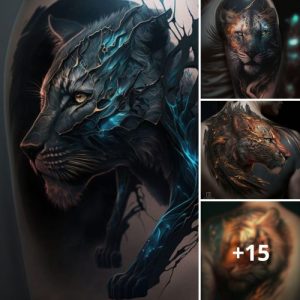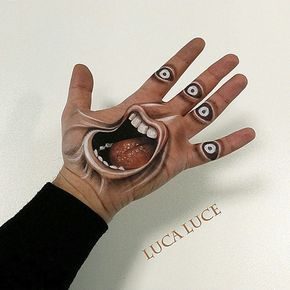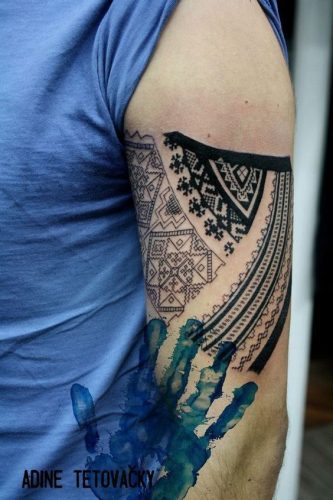
Polynesian tattoos are a living canvas of the rich cultural heritage that thrives among the Polynesian islands, a vast archipelago that spans across the majestic expanse of Oceania. These intricate and captivating tattoos have garnered global admiration, not merely for their remarkable aesthetics, but also for the profound cultural significance they embody. In this article, we embark on an enlightening journey to explore the origins, symbolism, and evolution of Polynesian tattoos, unveiling the captivating world of this ancient art form.
The Birth of Polynesian Tattoos
Polynesian tattoos, often referred to as “tatau” in indigenous languages, have a heritage that stretches back thousands of years. They emerged from a fusion of spirituality, tradition, and artistry that runs deep in Polynesian life. The roots of Polynesian tattoos can be traced to various island groups within Polynesia, including Samoa, Tahiti, Hawaii, and the Marquesas Islands.
Symbolism and Meaning
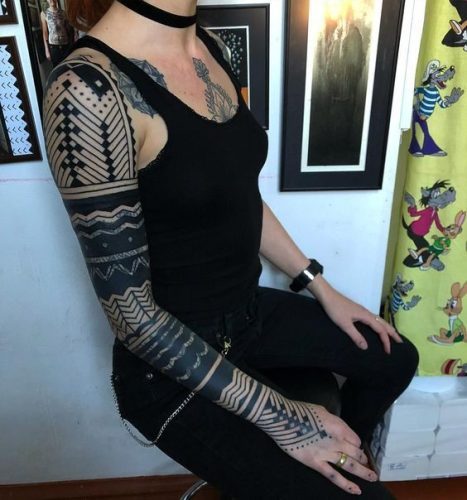
Polynesian tattoos are renowned for their intricate designs, showcasing a rich array of symbols and motifs. Every element within a Polynesian tattoo bears a specific meaning, and the combination of these symbols weaves a profoundly personal and meaningful narrative for the wearer. Here are some of the most prevalent symbols and their associated meanings:
- Sharks: In Polynesian culture, sharks symbolize protection and power. These tattoos are often embraced by warriors and leaders to convey their strength and authority. The shark’s formidable presence in the ocean aligns with the strength of these individuals in their communities.
- Turtles: Turtles in Polynesian tattoos symbolize longevity, fertility, and the spirit of the ocean. They epitomize the importance of the sea in Polynesian culture and are regarded as a potent symbol of the ocean’s life-giving force.
- Spearheads: Spearhead designs in Polynesian tattoos signify courage, strength, and the capacity to conquer adversity. They are intrinsically tied to the warrior ethos and are often associated with individuals who have demonstrated valor and resilience.
- Sun Rays: The sun holds a special place in Polynesian beliefs, representing life and prosperity. Sun ray patterns in tattoos evoke the vitality of the sun and its role in nurturing life throughout the islands.
- Waves: Waves in Polynesian tattoos symbolize the ocean’s ebb and flow, signifying change, continuity, and the ever-evolving cycle of life. These designs capture the enduring spirit of Polynesian people in adapting to the challenges of their environment.
- Tiki: The Tiki symbol, often depicted as a human-like figure, represents ancestral spirits and divine protection. These tattoos honor the legacy of their ancestors and provide a sense of safeguarding presence.
The Evolution of Polynesian Tattoos
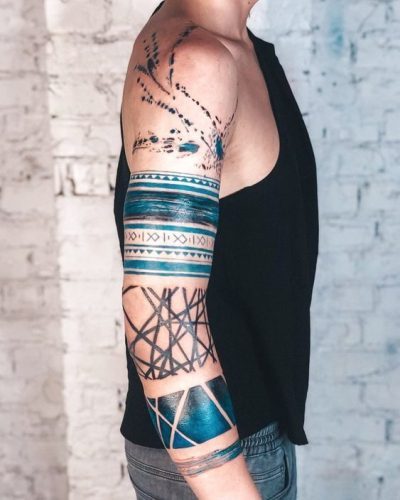
Over the centuries, Polynesian tattoos have evolved, adapting to the changing cultural and social landscapes of the islands. While the traditional designs remain deeply respected, contemporary interpretations of Polynesian tattoos have also emerged. These modern variations incorporate a fusion of traditional motifs with innovative artistry, allowing individuals to express their unique stories while honoring their cultural roots.
Conclusion
Polynesian tattoos are not merely ink on skin; they are a living testament to the enduring culture, history, and values of the Polynesian people. Their intricate designs and profound symbolism tell a captivating story of spirituality, tradition, and identity. These tattoos serve as a tribute to the beauty of the Polynesian islands, the courage of its people, and their enduring connection to the ocean.
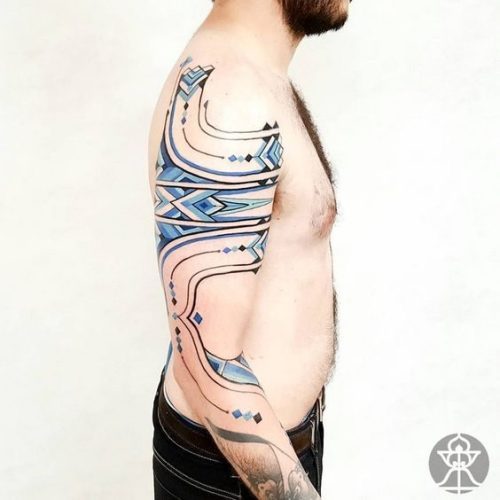
The allure of Polynesian tattoos transcends mere aesthetics, making them an indelible mark of cultural pride and personal significance. The symbolism inherent in each tattoo serves as a mirror reflecting the rich tapestry of Polynesian heritage and the timeless journey of the islands across Oceania.

